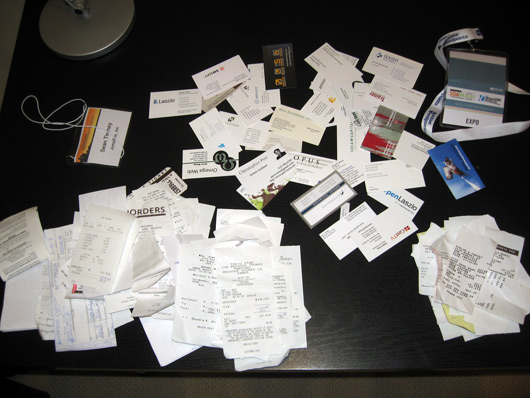in place of their currently dysfunctional hybrid of class tracking and sub-accounts.
The goal: I would like to know how much we spent on various marketing and advertising initiatives with a breakdown by individual occurence so that I can see we spent a total of $X on conferences this year and be able to drill down on specific amts for each conference. The same goes for online adspend across various channels like pay-per-click, sponsored banners, direct email, etc broken out by vendor. Likewise with outsourced efforts like PR, directory submission services, SEO. Ditto physical collateral broken out by literature, t-shirts and schwag, etc- you get the point. This would be so much easier if we could tag every transaction with multiple tags (provided tags can have a parent tag).
The current failing:Instead we have this strange way of doing things whereby we assign each transaction to an expense account (okay, necessary GAAP stuff) but then we have an optional class tracking feature where we can assign it one (and only one) class. There are recommendations on how to best use class tracking but unfortunately you can’t track multiple dimensions (ie. I can use class tracking to track by geographic location or business department or marketing initiative but not all three). Seems like allowing ad hoc tagging and having the ability to do multiple, hierarchical tags would solve this and allow people the flexibility to track across any number of dimensions… grrrrrr quickbooks…. And Intuit has a lovely policy of sunsetting their products every two versions and forcing you to upgrade- we’re coming up on our sunset period. Let’s hope they add this capability to this year’s edition.
For that matter, is anyone aware of a viable open source alternative to Quickbooks? Some brief research reveals one called GNUcash which looks interesting. Is there a de facto winner out there though that everyone uses or are OSS accounting packages still too primitive and we’re stuck with Quickbooks for the time being?
 **Warning spoiler**
**Warning spoiler** 







